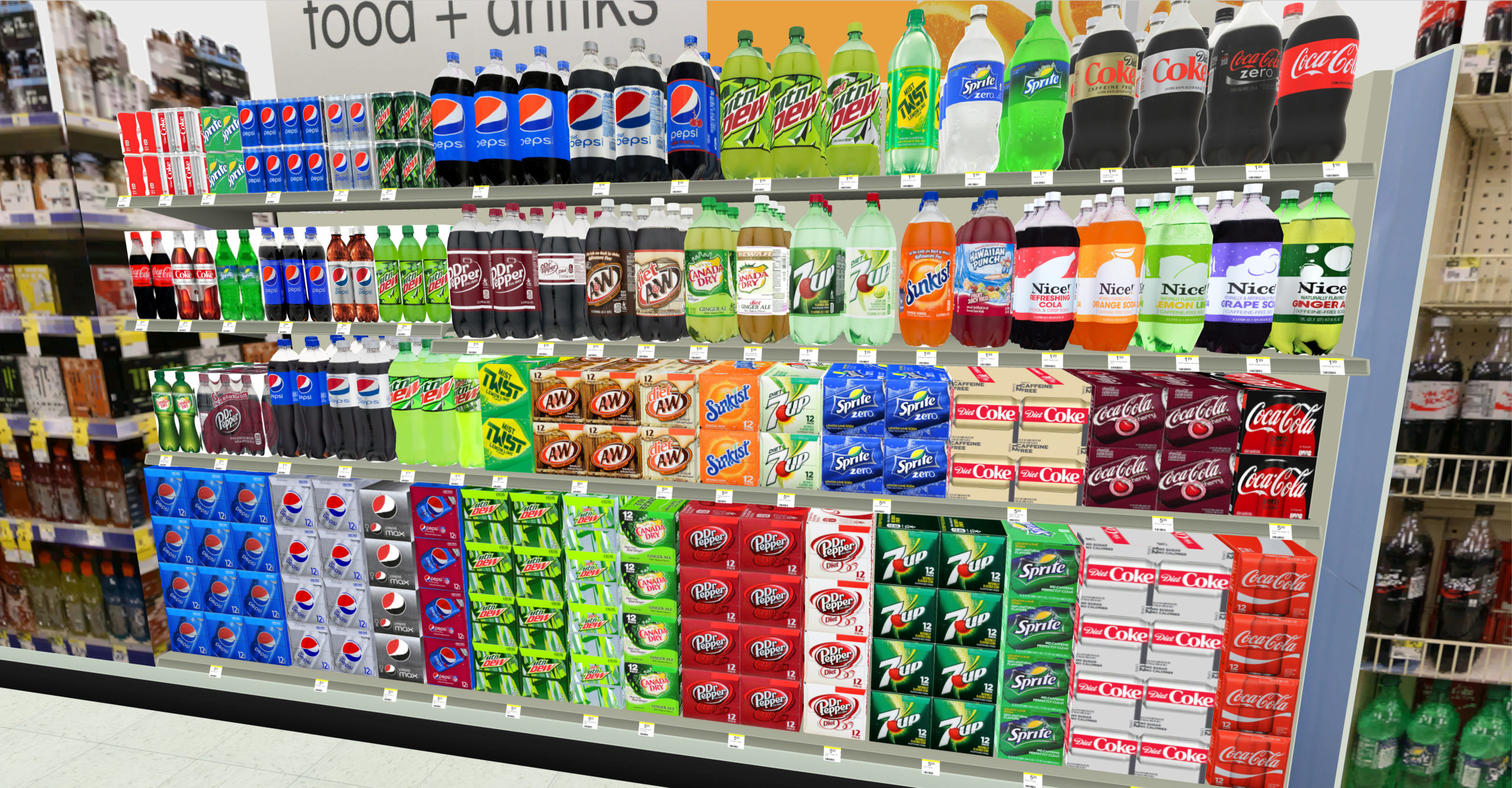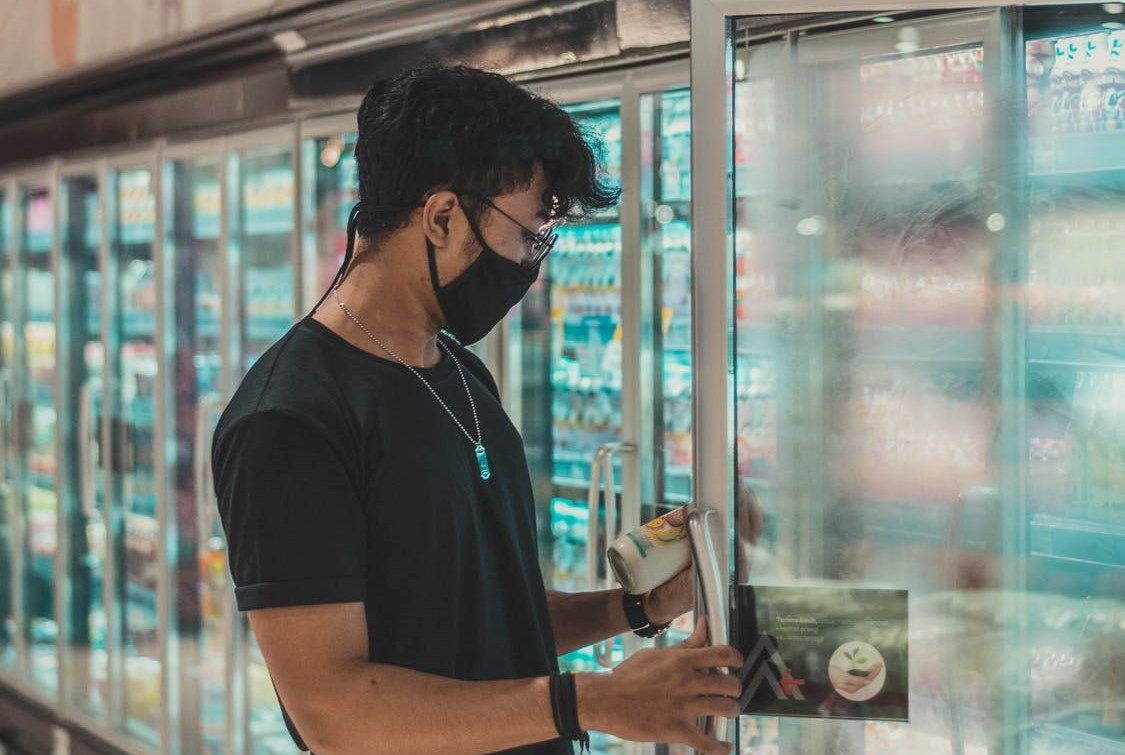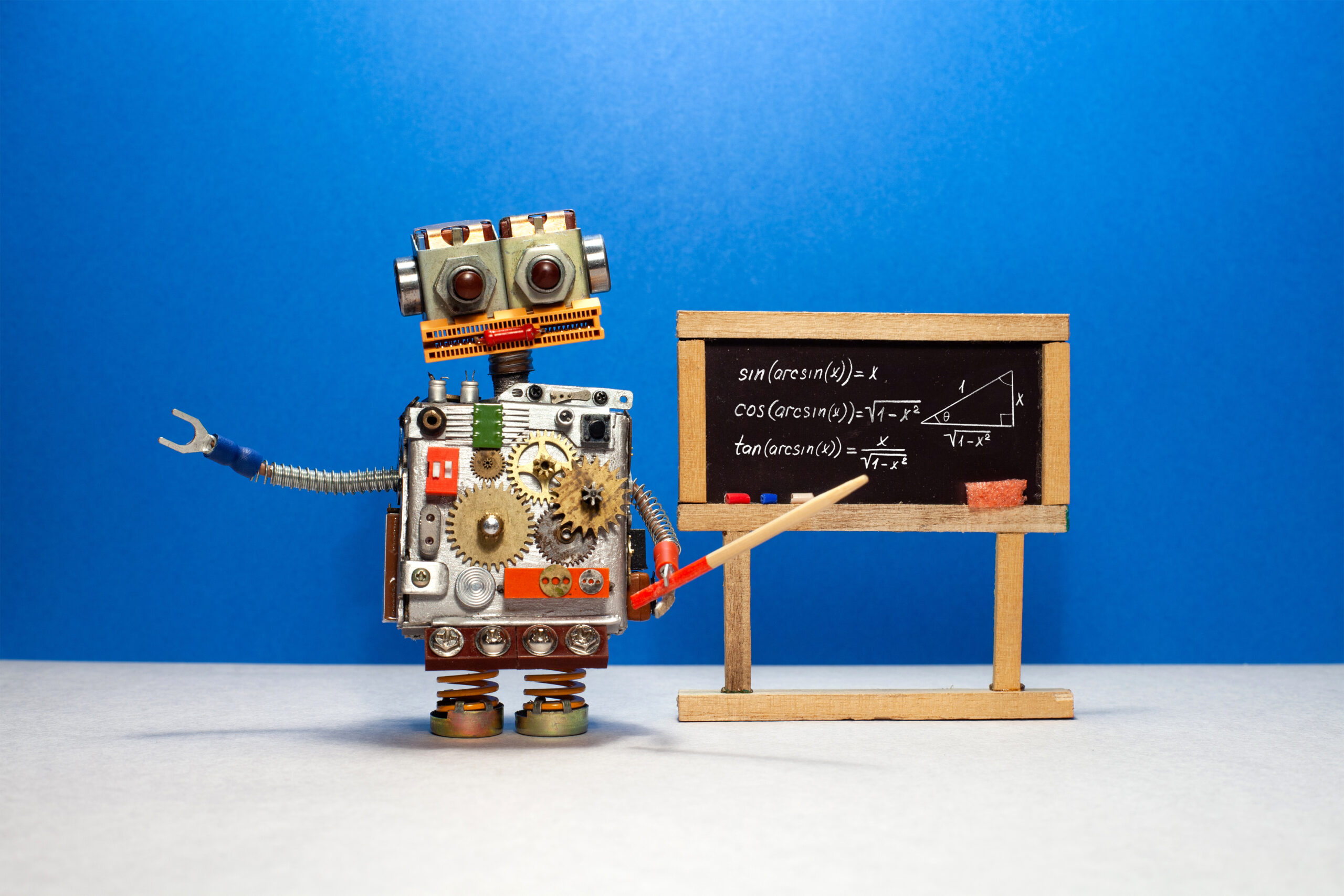There’s a lot that goes into food packaging. From logistics to functionality, to design and finally shopper reaction, the creation of a product package touches many parts of the supply and demand chain and many different teams.
And it has to stand out on the shelf.
The fact is, every two additional minutes that a shopper takes to make his or her first purchase in a category reduces the final basket size by one full product. Creating a package design that resonates with shoppers is key in this fast-paced landscape. So it only makes sense to make the process of a new design or a redesign as effective, fast, and risk-free as possible, right? This is one of the many areas where innovative technologies are taking center stage for the retail industry.
Virtual store simulations can help ensure your pack design ideas will win at the shelf. Let’s look at the 3 steps you should be taking to successfully launch a new concept using virtual reality technology:
Step 1. Upload a digital version of the product in its new packaging design.
Our ShopperMX™ virtual visualization platform allows users to upload multiple design concepts into hyper-realistic 3D renderings. Not only that, but the designs can then be seen on the digital product, on the shelf, within a virtual store. This enables teams to visualize exactly how it would look in the real world, without the hassle and expense of creating real-world prototypes.
Step 2. See it on the virtual shelf next to real-world competitors.
Not only does viewing the concept in a realistic setting help visualize how it will look, but it also helps teams understand how it will stand out versus competitors. Mock centers are one way to do this, but not only is travel at a minimum right now, it also takes time, resources, and updating to make sure the category stays current.. In virtual, we can instantly update virtual store shelves to reflect present day configurations.

Step 3. Test with real shoppers through virtual shopping exercises—in the context of the store.
Testing is a huge part of understanding how shoppers will react to a new product design. Yet doing so is time-consuming, and doesn’t always yield the most accurate data. We know that what people say they will do and what they actual do while in a store can be very different things. That’s why testing within the concept of a virtual store allows you to glean insights from real shoppers—minus the mock center or purchase intent metrics.
Leveraging virtual technology for packaging design changes and new concepts is giving brands and retailers a leg up, by allowing them to understand the impact at the shelf, without the time and expense.





